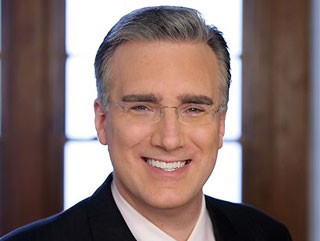Some numbers we never forget because of their place in history — 9/11, 11/22/63, 12/7/41.
Some we shouldn’t forget but sometimes we do, like your spouse’s birthday or your anniversary.
And some numbers are unforgettable for personal reasons for certain people, like the day Elvis died (8/16/77), the price of the first McDonald’s hamburger (15 cents), the length of a marathon (26.2 miles), and perfection on the SAT (1,600).
Sports fans thrive on numbers. If you don’t know the significance of 61, 714, .400, 16-0, the 4.3 40, Game 7, or 23 feet 9 inches, you are probably not a fan of baseball, football, or basketball. Sports nuts have a head full of numbers implanted in their brains at an early age and now on their mental hard drive from years of repetition.
That brings me to ESPN. The number $5.54 is the monthly charge subscribers pay for ESPN in a bundled cable television package. The Weather Channel is 13 cents; Comedy Central is 18 cents. That $5.54 from 100 million homes adds up to $6 billion a year to ESPN and its parent company, Disney, according to a series in The New York Times this week.

The $5.54 fee is a sticky number in a complicated story. It enables ESPN to pay billions for long-term rights to pro football, major league baseball, college football, and the U.S. Open tennis tournament going on now in New York. As the series explained, ESPN buys up and “warehouses” more games than it can show to keep them from competitors. Because money talks, it can dictate what time and on what day games are played, such as this Thursday’s match-up of Vanderbilt and Ole Miss, the University of Louisville’s slate of Tuesday night games, and the University of Memphis’ Wednesday night game with Cincinnati on October 30th.
Let he who is without sin throw the first spiral, preferably at the know-it-all noggin of Keith Olbermann. That person, however, would not be me. I have logged way too many hours watching sports, from major ones on CBS back in the day to an occasional obscure one on ESPN3. And if à la carte ordering ever replaces cable bundling, ESPN will probably be back on my plate if the price is right.
What I hate to see is the overriding influence of big money and sports on how we spend our time and tax dollars and how we set our priorities. The college football coach with a $3 million annual contract will be as quaint as the coaches who made $45,000-a-year 30 years ago. Within a few years, I expect to see a multi-year contract for $100 million, paid collegiate athletes, autograph-for-pay shows hosted by teenagers, Game Day every day of the week, and a schedule of games and hype from morning to midnight to feed the national sports lust.
A couple of things could derail this. One of them is that $5.54, a number that competitors, politicians, reporters, and customers can zero in on to sum up their frustration. We’re not rational creatures when it comes to fees. We accept our property taxes, sales taxes, and utility bills but get upset over small components or increases. So it is with our bundled bills for cable, phone, and internet service.
Another one is technology, which will make it easier to stream events to a television screen without hooking up a special device or enlisting the help of someone with more know-how than yourself.
Boredom is another possibility, but I wouldn’t bet on it, despite the Alabama student who told The Wall Street Journal, “You can do other things on a Saturday, like get a head-start on your drinking.”
Funny line, but ESPN knows better. The 30-somethings who will be running the show for the next generation were schooled by the masters of marketing and politics. And they have probably watched and forgotten more about sports on the 24/7 cycle than their parents ever knew, which is saying a lot.